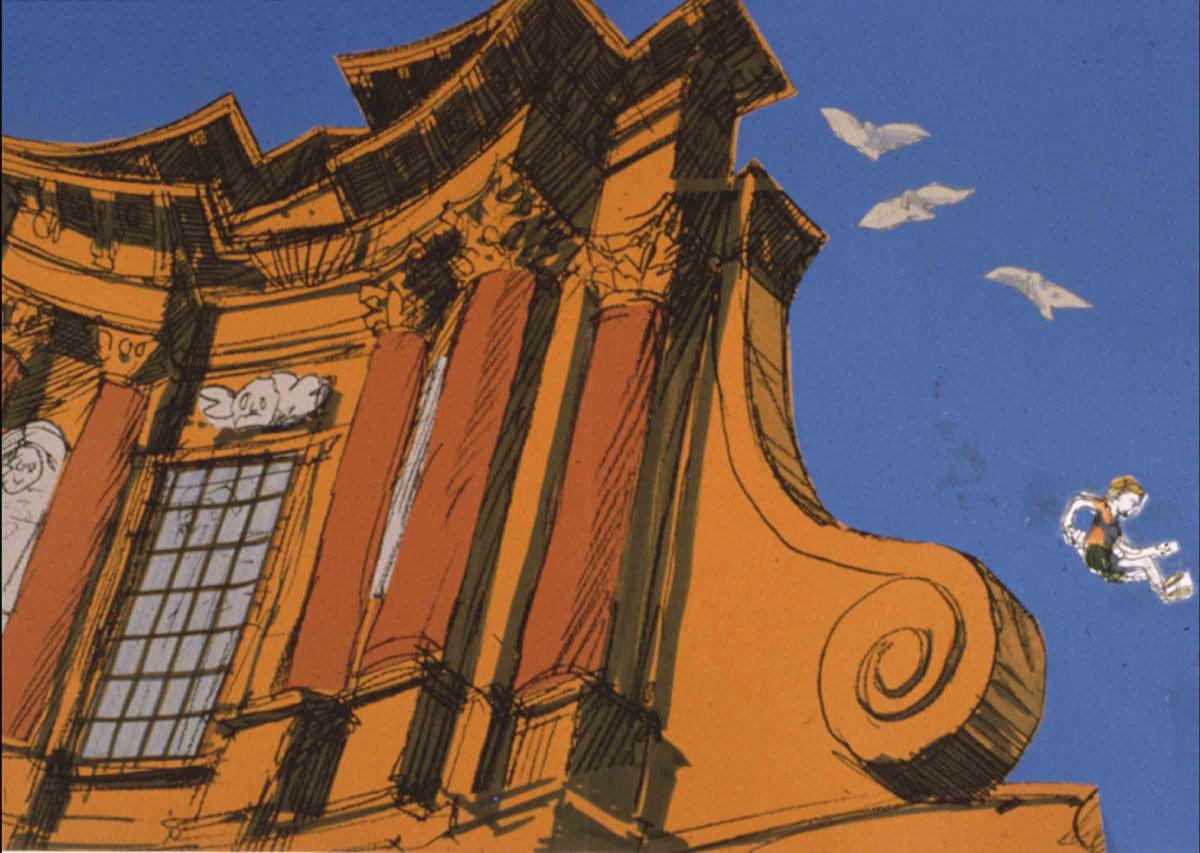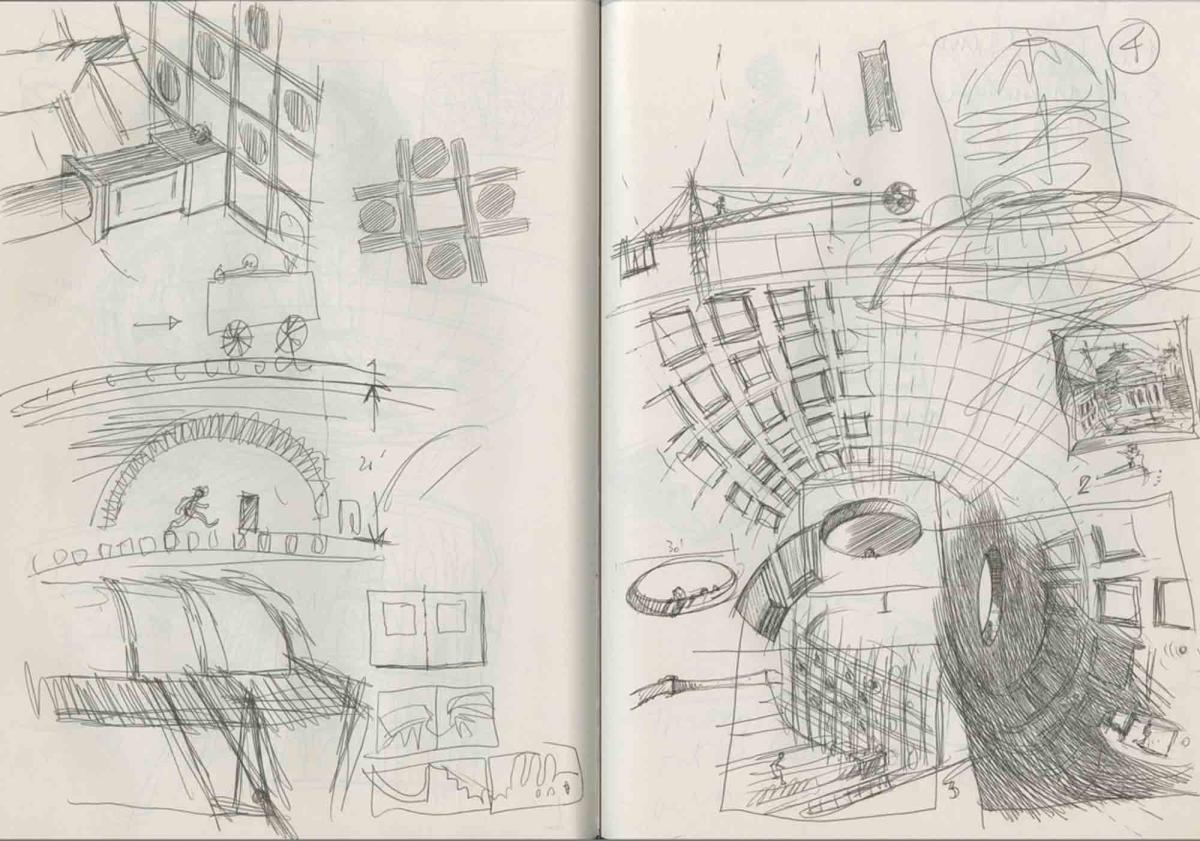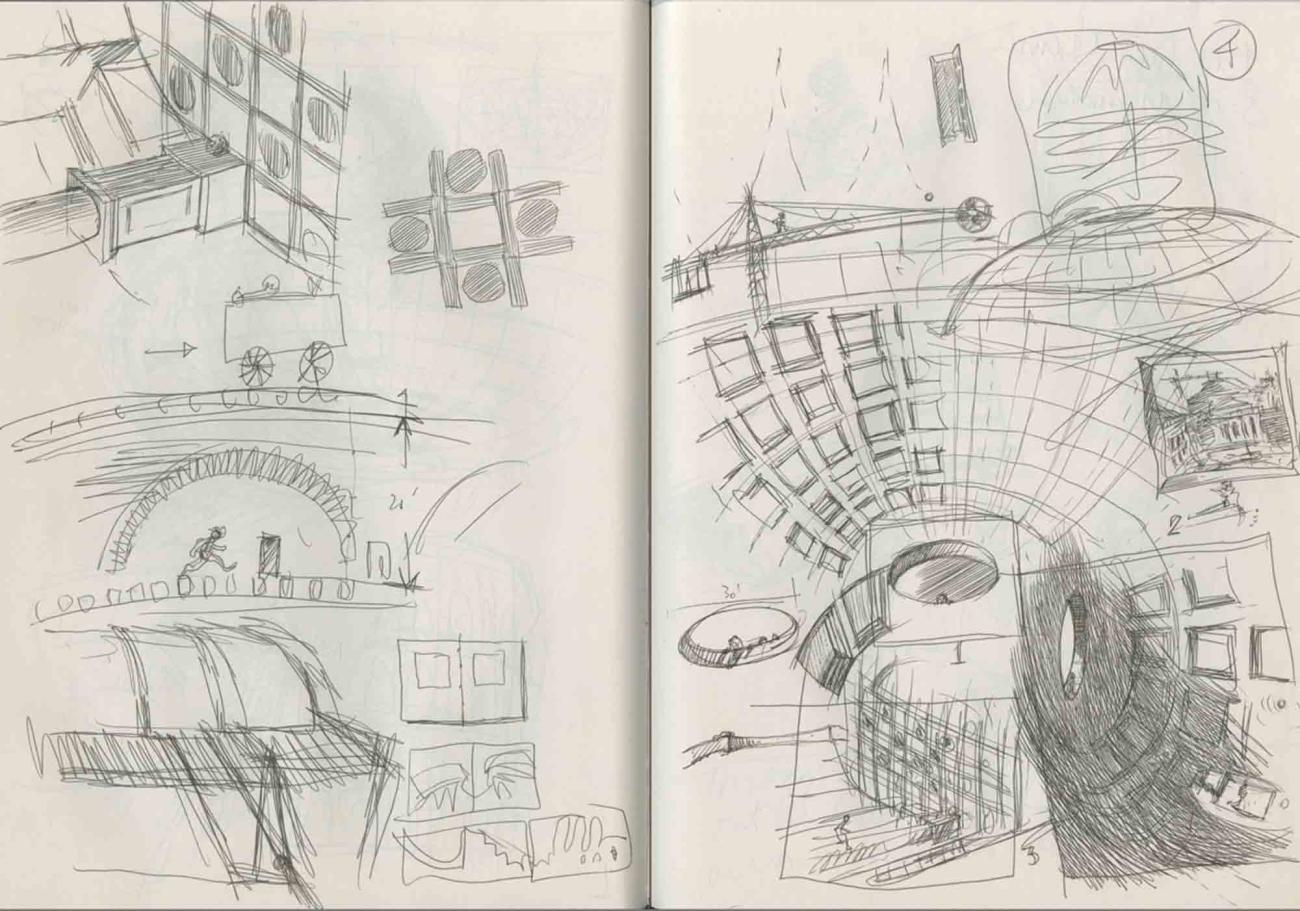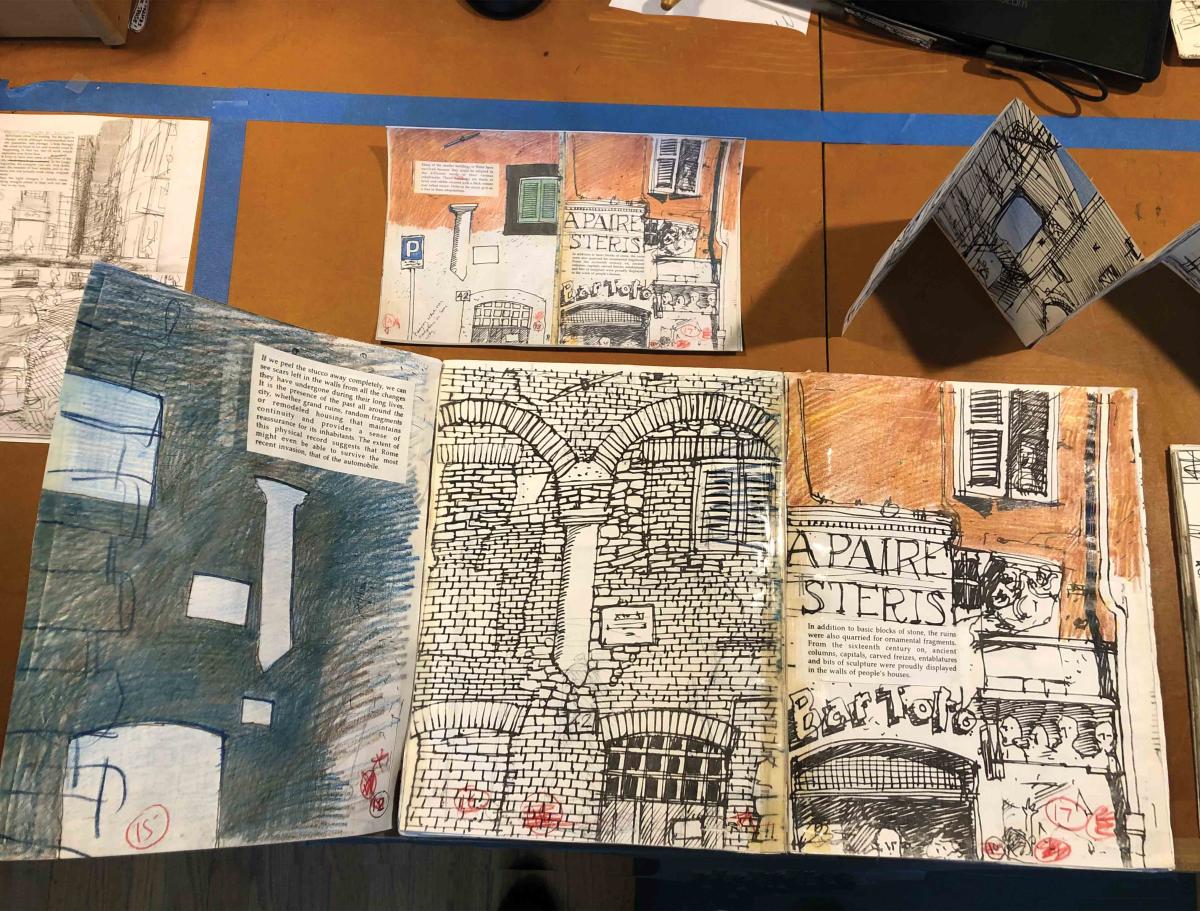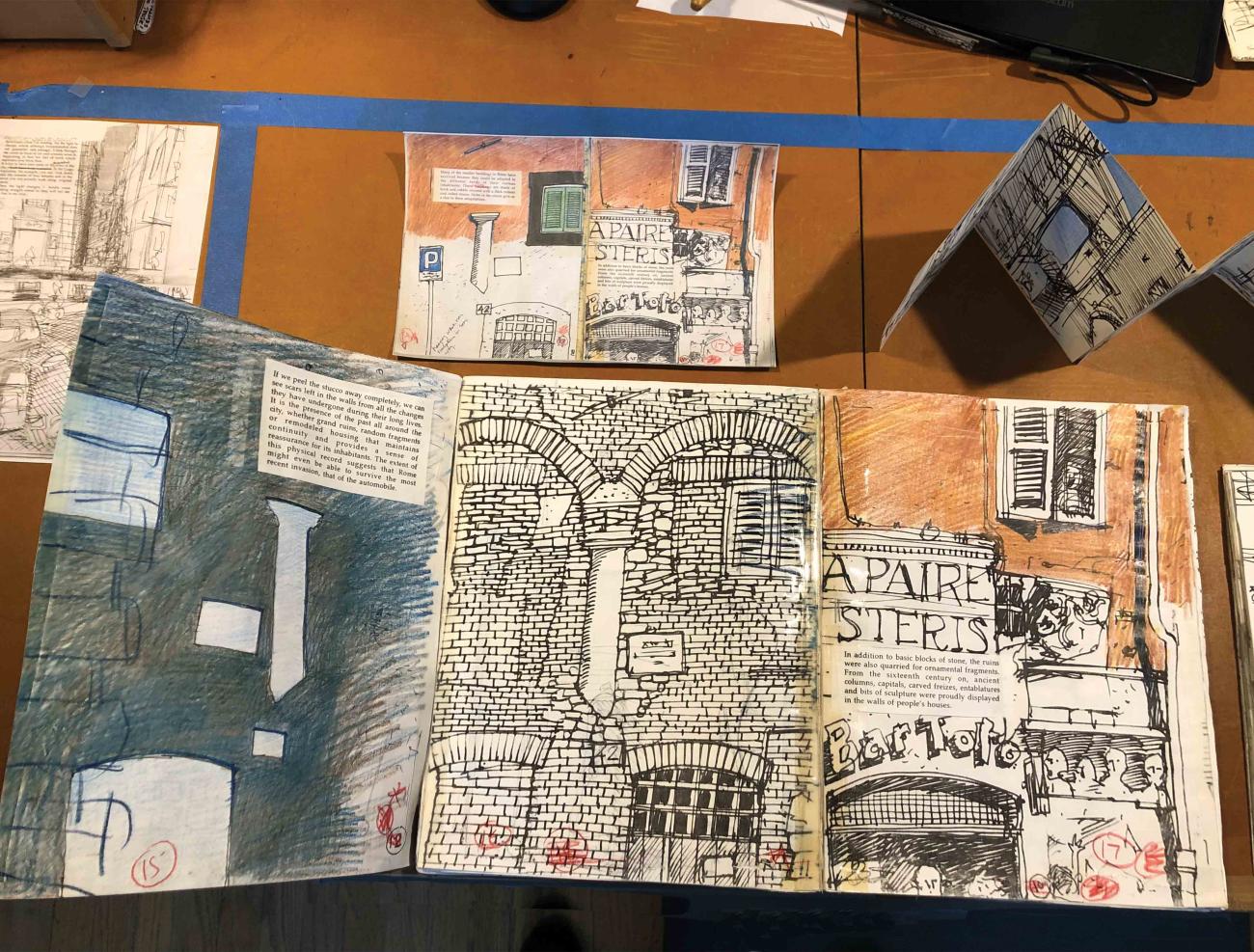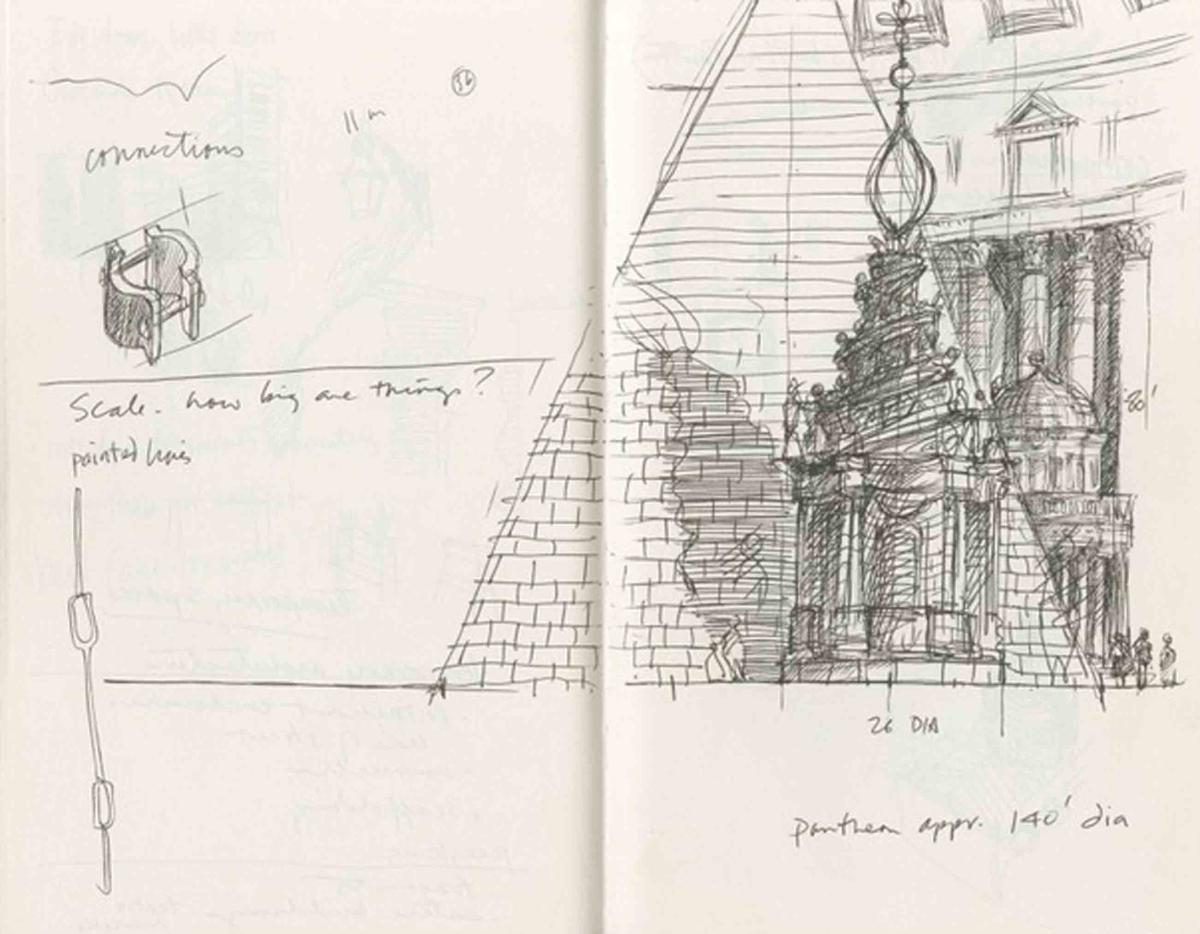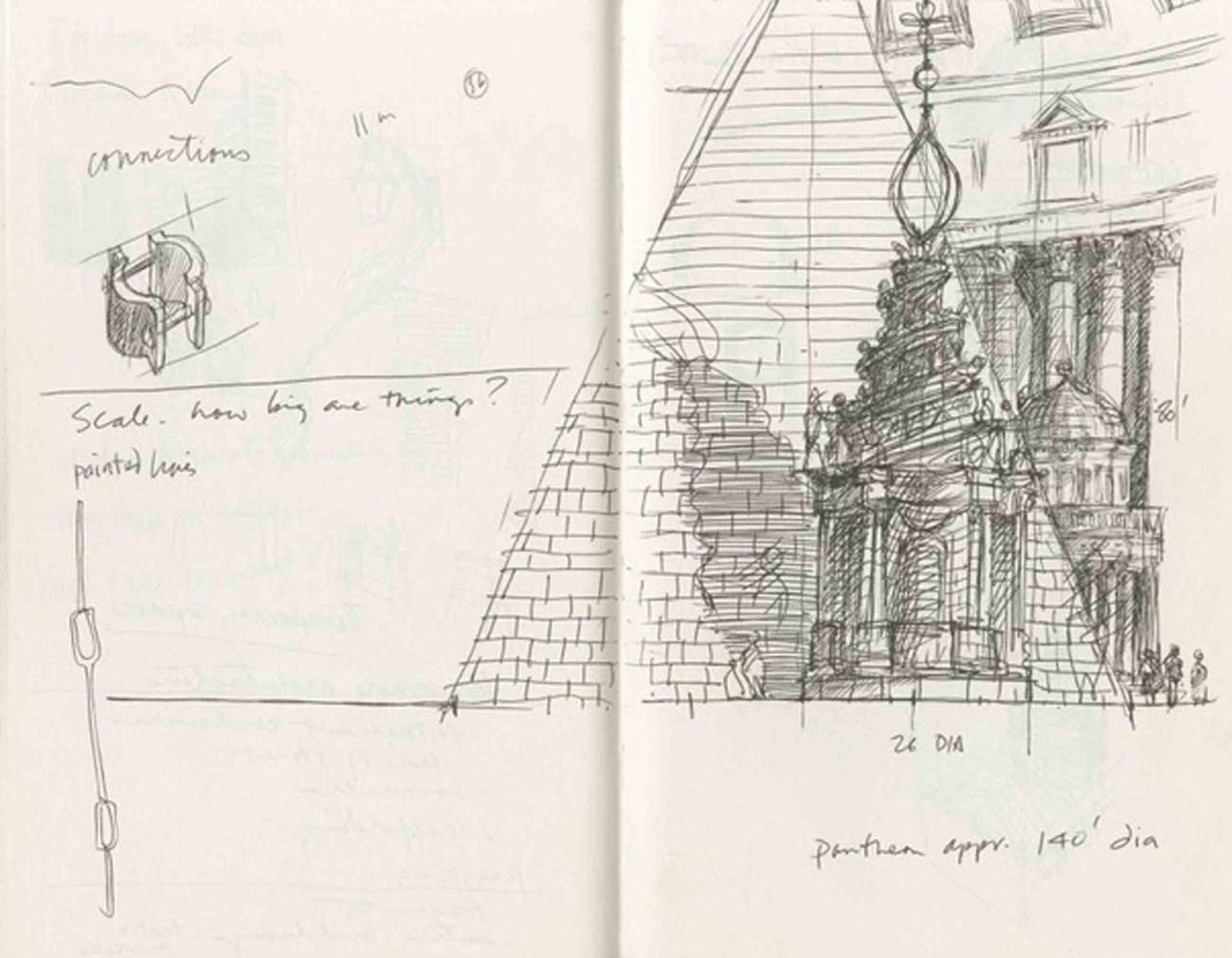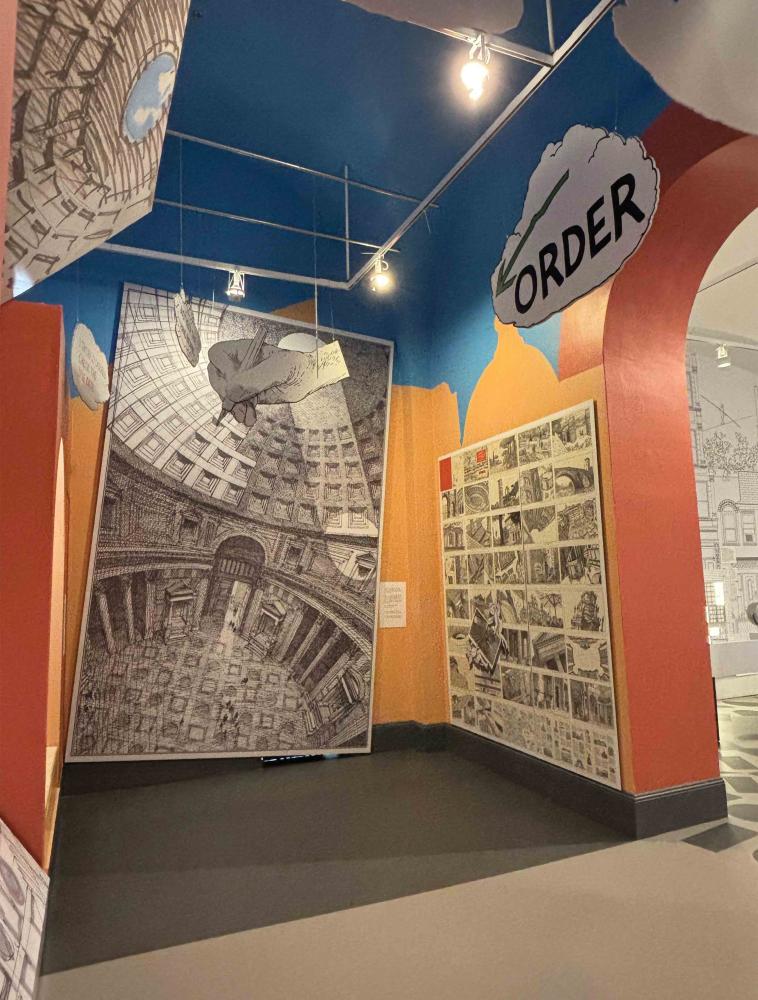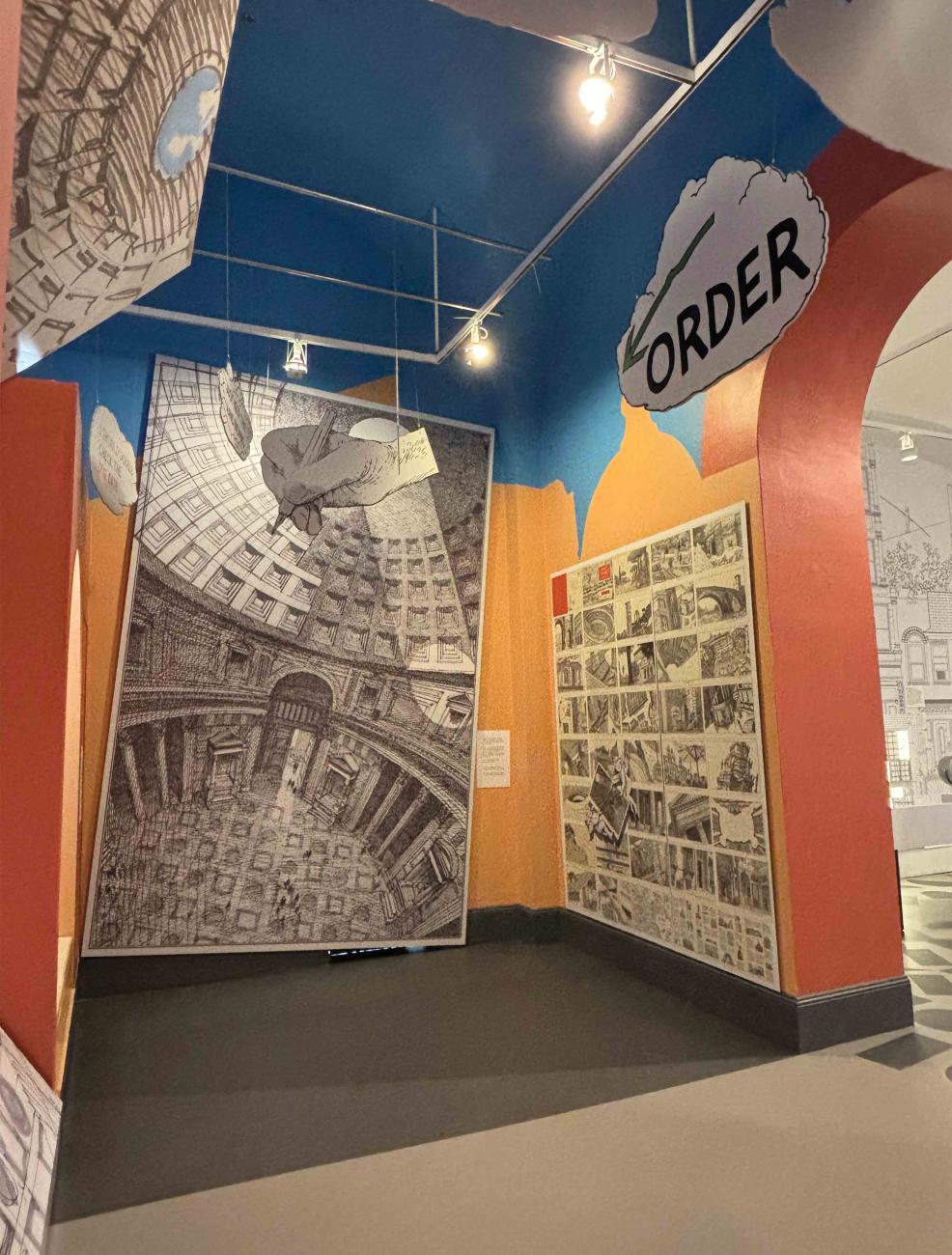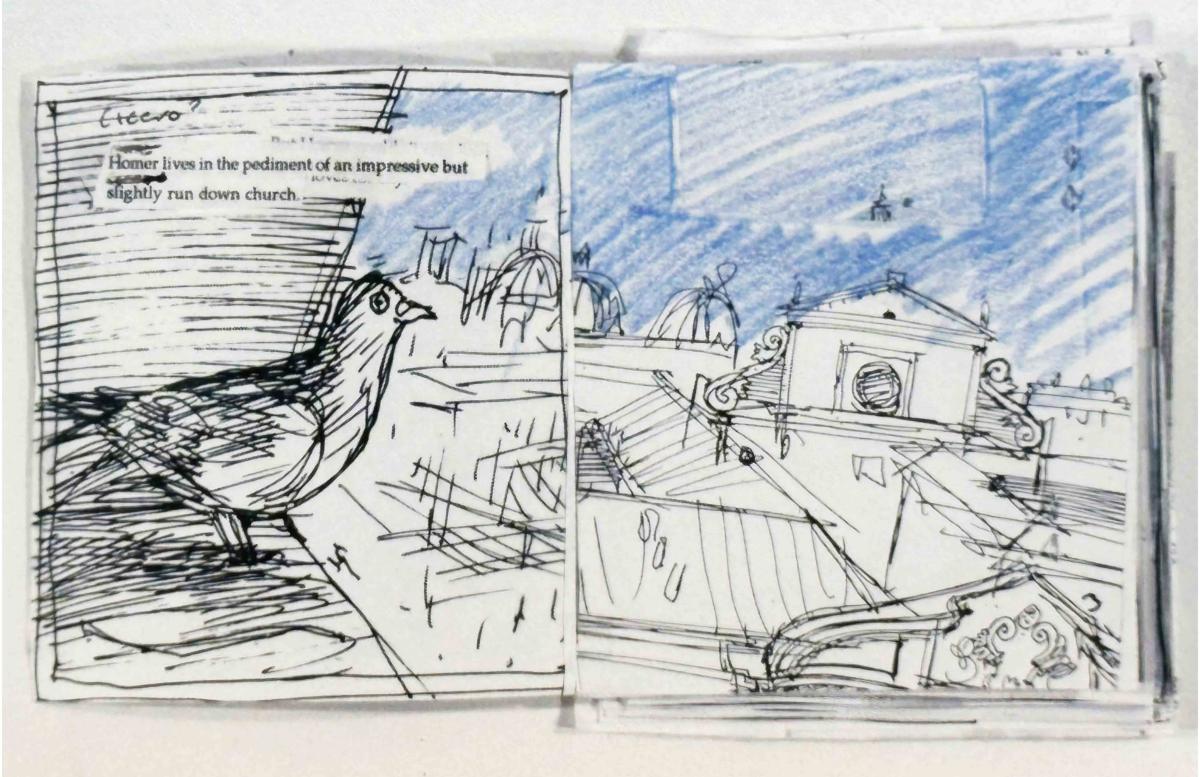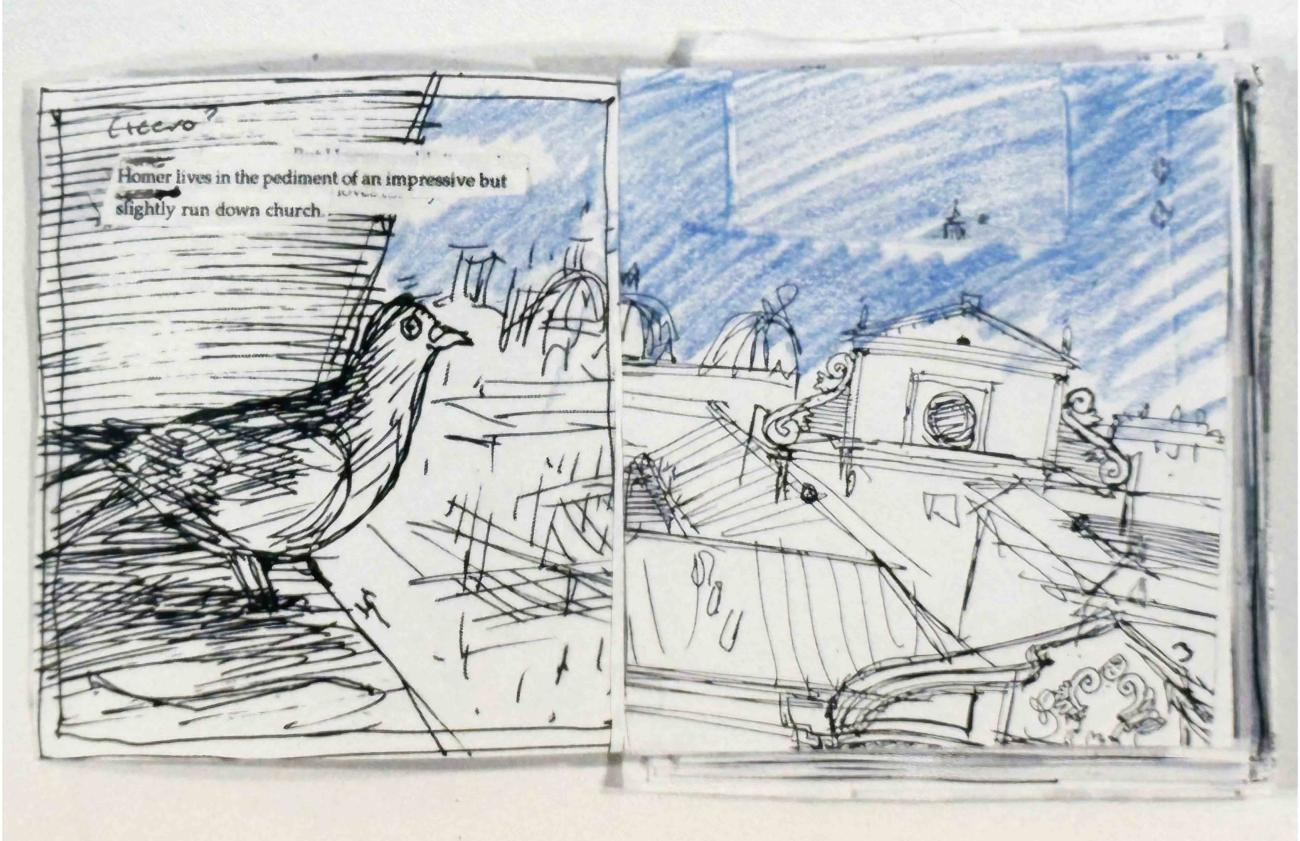I first met Rome as a student in 1968. Rome is complicated and demanding and can be overwhelming—especially if you are homesick. Eventually, the riches and surprises of the imperial city will render all attempts to keep one’s distance useless. I didn’t realize how attached I had become until a few years later.
I think one of the reasons I decided that my second book would explain the planning and construction of a Roman city was my need to get back to the mother ship of all things Roman. The other reason: It was the only topic I knew something about.
Whenever I’m lucky enough to return to Rome, the first thing I do is walk the streets and piazzas of the historic center just to make sure everything is where I left it: that arch, that dome, that row of columns, and that sculpted lion embedded in a much younger wall five hundred years ago. I’m happy to report so far, so good.
In the summer of 1994, I decided that my eighteenth book should be about Rome. When I wasn’t teaching my summer course in the palazzo that served as Rome headquarters for the Rhode Island School of Design, I began filling the first of six sketchbooks with buildings, details, and little maps of my walks. This continued through the summers of ’95 and ’96 while I struggled to figure out what kind of a book I was going to make: serious, whimsical, technical, historical? After 20 years of making books, I discovered that writing and illustrating about something you love is harder than writing about something you’re just interested in.
With no clear sense of direction, I was left to draw and re-draw views of Rome, changing points of view, perspective, levels of detail, adding people, taking people away, learning all the time, but getting no closer to the kind of clear path that my other titles—Cathedral and Pyramid, for example—offered from the beginning. The only thing I knew for certain was that I wanted to give my readers a tour of my Rome, my favorite places, and to feel some of the inspiration, sheer joy, and inevitable amusement I experience on every visit.
Slow forward to September 2022, with 33 books and one pandemic under my belt. I was invited by Cathy Frankel, the deputy director of interpretive content at the National Building Museum, to join a team, which for at least three years had been pulling together a new exhibition that would bring human-scaled children’s books into an imposing structure which is anything but. The exhibition was to be called “Building Stories.”
In December 2022, Kathy and her staff, the highly respected children’s book expert Leonard Marcus, who chose, organized, and wrote about the content, the Portland-based design team Plus and Greater Than, which was willing to tackle the translation of the topic into an engaging three-dimensional experience, and I, who would do something, gathered at the museum for our first and last in-person get-together for a year. Sporadic Zoom meetings would fill the gap and help us stay more or less on the same page.
The challenge for me was to come up with something appropriate for the exhibition based on my own experience of putting a book together. The bait was to be given my own space in the museum in which to do it. Initially we considered Cathedral as a possible candidate for such a presentation, but there is so little material from that book beyond the finished art and virtually no process material. When I suggested the possibility of using Rome Antics instead, everyone was on board.
The process of creating that book was staggeringly inefficient, breaking new ground in the category of inefficiency even for me. When the smoke cleared, so much detritus had piled up in studio drawers and boxes I assumed it would be fairly easy to cobble together some kind of potentially useful experience for unsuspecting museumgoers lured by heartwarming memories of Goodnight Moon and visions of Harold, the popular and possibly youngest truly successful graffiti artist.
This wonderful opportunity forced me to confront once and for all the torturous professional challenges of the mid ’90s and in so doing gave me my first objective understanding of what I did and how I survived it. My primary challenge was to create an experience that connected in a meaningful way to the larger exhibition of books about building, construction, neighborhood, and the idea of “home” that would also appeal to visitors of all ages.
While my little sideshow tells the story of the building of a single picture book, I hope it will serve as a reminder that each of the several hundred books in the adjoining galleries had also required a level of commitment and possible anguish (although I doubt the startling level of inefficiency) as their creators toiled to give the best of themselves to a younger audience, knowing that any- thing less is unacceptable.
The first task for almost all of my books is gathering as much information as possible and certainly more than I will ever need. For Rome Antics, that included maps, postcards, my own photographs, and lots of sketches, all of which were pinned to a Homasote-covered wall in my studio. Over the first few months, images started overlapping, some becoming almost completely obscured by newer arrivals. The initial impression is one of chaos. It is replicated without exaggeration on the east wall as one enters the gallery, Homasote, push pins, and all. This high-tech system allows me to move sketches around, looking for sequences that might suggest little stories. When I find one I like I fold it into a little accordion. At last, I have pages of a sort to turn and the path toward a real book becomes just a little clearer. At least for a little while.
The earliest ideas for the kind of a book I might make included a history of Rome in which the simple act of turning a page or opening a gatefold would mimic the stripping away of layers, earth built up over centuries, for example, or inches of stucco applied just yesterday. Again, with just the turn of a page, I could remove an entire wall of a sixteenth-century palazzo, revealing its courtyard, stairways, and rooms. I was excited by this approach for a while, and the results can be seen in the case below the chaos wall, but it still didn’t feel like the book I was in search of. Interesting perhaps, but also impersonal. Where was my Rome?
I went back to being the tour guide, combining little maps with drawings in one of my sketchbooks, but then I thought, why me, an outsider, why not employ residents of Rome? I invented three of them, one to fly us over the city in an Alberto Santos-Dumont airship that could be used to compare the scale of things, one to carry us on the back of a scooter at high speed, and one whom we would accompany as he walked to work. By combining their unique points of view and perhaps interweaving the three journeys, a larger picture of Rome would come into view and, also, a more playful one. By the time I began to embrace this possibility we were approximately five months from my contractually documented deadline. Which I completely missed. A book that was intended for publication in fall ’96 was now bumped optimistically to fall ’97. Even though the book I now imagined put a smile on my face, doubts lingered like storm clouds overhead and the clock was still ticking, just not as loudly.
Approximately a month into 1997, I fired my Roman trio, ditched the idea of working in full color and returned to the reassuring simplicity of black and white lines. As compensation for the pleasure they gave me, I have in turn given my characters the south wall of the gallery.
In a flash of brilliance, or desperation, I ultimately gave the job to a bird. Not just any bird, but a homing pigeon. And not just any homing pigeon, but one unconstrained by contractually defined time limits. This was a pigeon who preferred the scenic route, in short, the perfect guide for the job. The path my pigeon traveled would take us from outside the city walls to a building inside, the very one in which I had first studied and then taught. To chronicle that journey, I simply chose my favorite scenes and pinned them up in the right order on the west wall. By this time, the book had not only lost a year, but it had also gained weight, 16 pages of it, in fact.
From here on, the process was fairly routine. Each of the chosen sketches was developed into a final full-sized sketch, which after one more retracing became a finished drawing. The procedure was not always easy or without minor challenges, but at least the goal was clear and the big problems were all behind me. Order had finally replaced chaos as I scratched my way to my new deadline.
The finished drawing of the interior of the Pantheon, which had presented its share of challenges, has been enlarged and takes up the entire north wall. Only at that scale can one fully appreciate the number of lines it sometimes takes to get it right. Yes, I’m looking for sympathy.
The complete book is presented as a grid of double-page spreads on the last wall before staggering out through the arch linked to the rest of the exhibition. The attentive visitor will notice not only the presence of text on these images, but also a red line. In June 1997, as the book was actually being prepared for production, it occurred to me that it would be a great idea to add a colored line to trace the pigeon’s path. Perhaps I was nostalgic about my lost characters, but it seemed suddenly essential to add at least one element of controlled whimsy to the book’s more serious black-and-white appearance.
When I proposed this “little addition” to my long-suffering yet always supportive editor, Walter Lorraine, he said simply, “You’d better do it fast.” It took me two hours. By the way, in the spreads without the red line, the reader is the pigeon.
And that’s all there is to making an 80-page picture book. Just as a free-spirited pigeon made its way to the heart of Rome, my brain slowly and with love made its way to this book.


